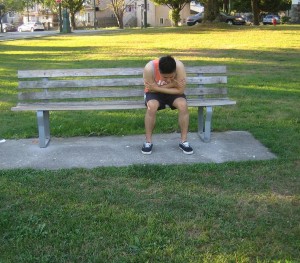A first-degree burn or superficial burn only affects the upper skin layer. This type of burn is the mildest form of skin injury and does not necessitate medical care. Nevertheless, some cases can be quite painful or large, thus requiring assessment by a doctor.
What are the characteristics?
The indications of a first-degree burn are usually minimal and eventually heal after a few days. Initially, there is skin redness, swelling and pain. The swelling and pain might be mild and the skin starts to peel after a day or so.
If a first-degree burn covers a wider area of skin, there is increased pain and swelling. It is ideal to consult a doctor if the burn covers a wide area. Remember that larger burns might not heal as rapidly as the smaller-sized burns.
What are the causes of a first-degree burn?
There are various causes of a first-degree burn that you should be familiar with.
Sunburn

Sunburn develops after staying out under the sun for extended periods and not applying adequate sunscreen. Due to the intense ultraviolet (UV) rays produced by the sun that can penetrate the exterior skin layer, it can cause the skin to redden, blister and eventually peel.
Scalds
This is a common cause among children 4 years and younger. Steam from a hot liquid or liquid that spilled from a pot on the stove can cause burns to the face, hands and body. Scalds can also occur when showering or bathing in very hot water. The safe temperature must be at or below 120 degrees F. If the temperature is higher than this, it can cause significant skin injuries particularly among young children.
Electricity
Appliances, electrical sockets and cords pose as threats to young children for burns. One might get burned or electrocuted from exposure to electricity.
Management
A first-degree burn can be easily managed at home. In case a child sustained a burn and concerned, it is best to get in touch with a doctor.
Home measures
Initially, apply a cool compress over the burn to alleviate the pain and swelling. The application must be done for 5-15 minutes and then remove. Do not use ice directly on the skin since it can aggravate the burn.
Do not apply any form of oil including butter to burns. Remember that these oils hinder the healing process.
Products that contain aloe vera with lidocaine can provide relief from the pain and readily available over-the-counter. Aside from aloe vera, honey or antibiotic ointments can be applied to minimize drying and hasten the repair of the damaged skin.
